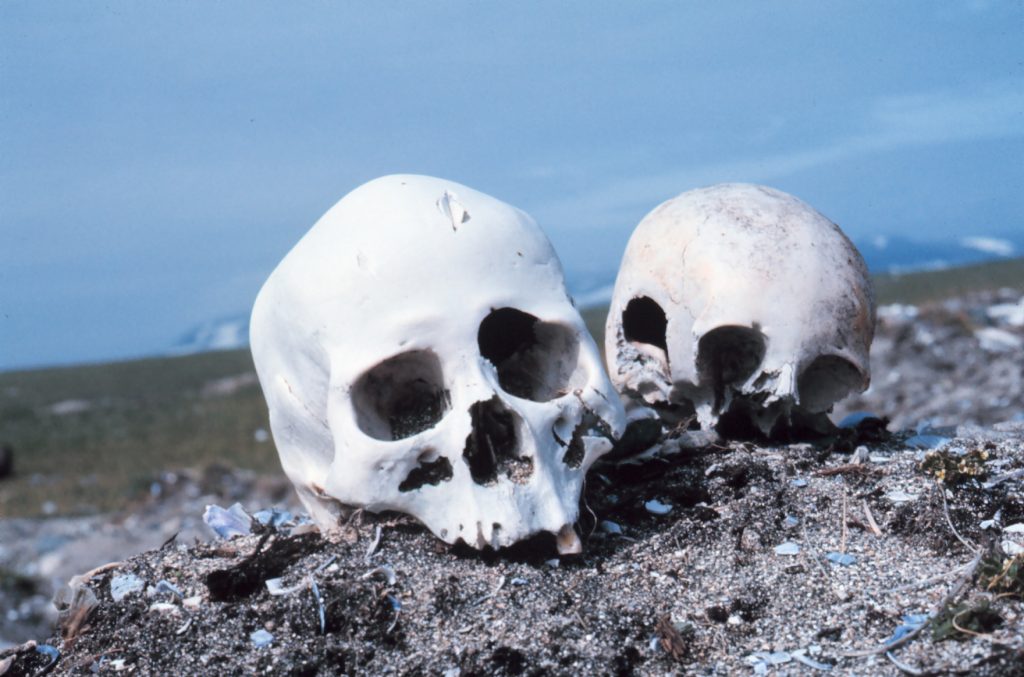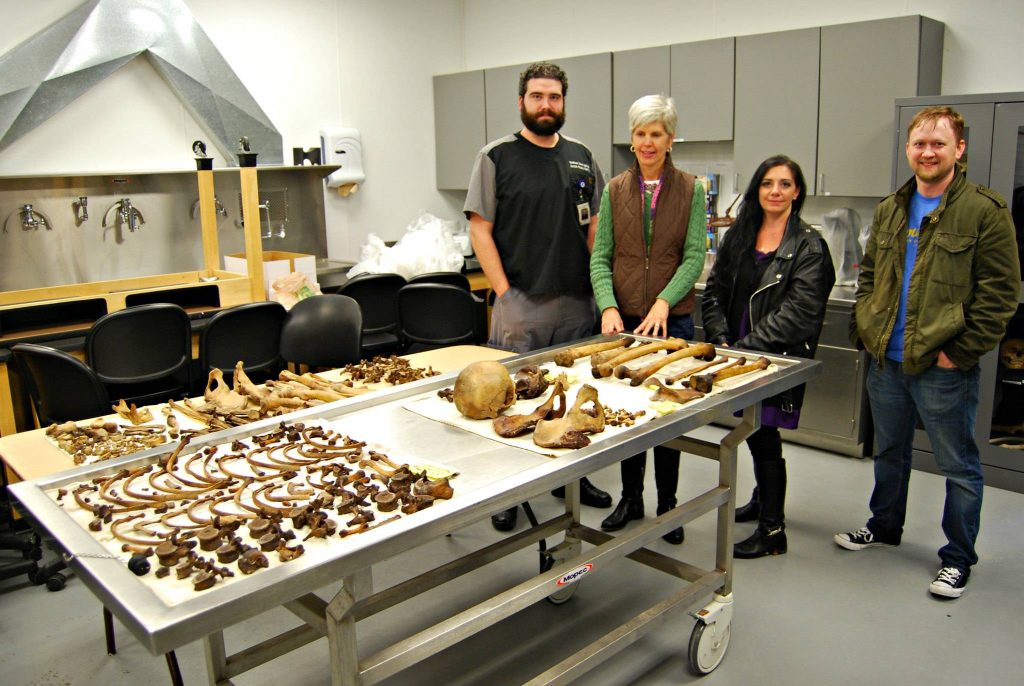It bugs the hell out of me why this has not been solved.
Why Serial Killers Kill: The Lure of Celebrity Status

At what point do you stop serial killers releasing detailed information and accounts of their crimes?
This is one of many research articles that can be found inside the gigantic Year of the Serial Killer omnibus encyclopedia. Get your copy today, as a perfect companion piece to the international bestselling Monstrous Book of Serial Killers.
The article is one part of an overall thesis that describes twelve main reasons why serial killers might kill.
The thesis was built around the suggestion that the 1970s and 1980s were a peak time for serial killers and the articles reflect the cultural and environmental reasons behind serial killing in those decades.
The twelve reasons were then followed up by an additional multi-section thesis leading to a potential rise in serial killing in the 2020s and 2030s. All articles and additional content can be found in the omnibus edition.
Becoming a celebrity can sometimes be an important motivation that gives impetus to a serial killer to carry on killing. Not all killers seek fame, or infamy to put it in a better context.
Randy Kraft, for example, hardly ever discussed his crimes, and definitely removed himself from them. Others like Alexander Pichushkin sought to better Andrei Chikatilo’s body count, and in doing so, wanted to be known for his crimes.
It’s not to say they don’t all have their reasons for killing, they do, it’s just that some killers seek fame and in some cases fortune. Charles Bronson would paint and then sell his art, Charles Manson wrote music, and Dennis Nilsen penned an autobiography.
Nilsen is not the first killer to write an autobiography and have it released. The book was subsequently banned by the British Government as they felt that some of the details were glorified and not in the public interest.
At what point do you stop serial killers releasing detailed information and accounts of their crimes?

It’s a bizarre paradox where both sides are hungry for more but then morality comes into play.
Confessions and interviews are mostly readily available after conviction so the information is already there. Although they do tend to be only the facts of the crimes and not the reasons or intricate details.
On the one hand, people have a macabre fascination with all things relating to serial killers. On the other hand, the public don’t really want to see them get rich off the back of their crimes. It’s a bizarre paradox where both sides are hungry for more but then morality comes into play.
By allowing the written accounts of their crimes to come out into the public and the public consuming them, we are in a sense fuelling the fire. We want to know the gory details so much that we strive to see live interviews with the killers. We want to know how they were moved to kill and the processes by which they were caught.
It has been suggested those who claim to be serial killer fanatics may have even considered an act of evil themselves at one point in their lives. To follow serial killers and to consume their lives is akin to the love of horror movies.
They are far removed from our own ideals but because serial killers live in the real world, the fear and danger are awfully close to home. They are true-life horror stories without the special effects.
If we are to assume that most kill upon diminished responsibility, then the very act of reading their thoughts and memories is detrimental to the family members of the victims. Fame then, surely is inevitable, as we strive to know more about those who commit the worse type of crimes. The Son of Sam Law, implemented after David Berkowitz came close to making money off his story, went some way to setting the standard for similar laws throughout the United States and some other countries.
But it’s not always financial gain that serial killers are generally after, it’s fame. There would be no point in becoming financially rich whilst serving life or being remanded on death row.
David Berkowitz introduced the Son of Sam moniker to the world in 1977 when he communicated directly with the investigation for the first time. He left a handwritten letter addressed to the NYPD near the body of one of his victims. He had literally chosen the name by which he would become known.
The BTK Killer, Dennis Rader, sought to establish a brand name for himself and attract notoriety like the Son of Sam. He contacted the media in the Autumn of 1974 and left a letter for authorities at the local public library.
It told them to call him; Bind. Torture. Kill. Thus the BTK Killer was born and he himself had chosen the name for which he would be remembered and spoken about in years to come.
During the late 1960s and most of the 1970s, the rise of the celebrity took hold. It was something witnessed during World War Two and slowly moved into the public eye to take hold of the flower power era. Never had so many people sought fame or celebrity status.

Fame then, surely is inevitable, as we strive to know more about those who commit the worse type of crimes.
Many children desired to be famous. The rise of popular culture was increasing at an astronomical rate. Gossip magazines, pulp fiction, celebrity in media and the increase in the output of movies would lead people to seek fame. Whilst some would seek it through legal and ethical avenues, others had already given up on all things moral.
It is evidenced that once a celebrity status or moniker has been given to an active serial killer, then the murder rates tend to increase. The killers then seek to prove the media and public right, to prove they deserve the bizarre celebrity status that has been given to them. Almost all will follow investigations and news reports about their crimes.
“You know who I am, don’t you? I’m the one they’re writing about in the newspapers and on the TV.”
Richard Ramirez; The Night Stalker. To one of his victims who survived
Then comes the danger of igniting the passions of those who might have held off acting on their dark thoughts. The celebrity status can motivate the killers to continue their crimes, but it can also inspire others. Many ignored and isolated potential serial killers become copycat killers, to achieve their own degree of celebrity status, or garner their own serial killer name.
The larger the body count, the greater the terror, the more chance they might make it to the front page of a newspaper or top-of-the-hour TV report.
Certain magazines devoted to popular culture have promoted infamy to the point of making serial killer’s grim legends in their own way. The villains to the heroes of the movie, music, and fashion world. Suddenly, true crime became entertainment for the masses.
People magazine once wrote huge swathes of information about the Unabomber, Ted Kaczynski, who began his campaign in 1978. Jeffrey Dahmer who began killing in 1978, shockingly made People’s top 100 list of the most intriguing people of the Twentieth Century.
Intriguing they may be, but they are subsequently given a platform far greater than they deserve.
And it doesn’t stop there. The media and books were the tip of the iceberg. Images of serial killers are sometimes slapped on t-shirts, comic books, calendars, trading cards, baseball caps, mugs, pendants and jackets.
Their art is sold for thousands, they have their own fan followings, websites, member clubs, public funds and those who fall in love with them.
The lure of celebrity means so much more than a newspaper clipping. It could make them world famous and see their crimes become internationally recognised for decades to come.
- What Happens to Cold Cases? The Intricacies and Unsolved Mysteries Explained

- 13 Facts You Need to Know About Levi Bellfield: The Bus Stop Stalker

- How Has Pathology Evolved Over Time? (History of True Crime)

- Trio Convicted of June 2022 Westminster Murder of Adnan Saleh

- How Did Forensic Science Evolve Through History? (History of True Crime)

I feel like there should be more killers who use the internet especially in today's world.
Thanks for this. Anymore podcast lists coming anytime soon??
Not just females.
[…] Not So Heavenly Creatures: The case of two teenage girls who fell in love, created their own religion, entered…
There's a lot more the Italian authorities are not releasing over this case. Makes you wonder the extent of the…

 T
T
What Happens to Cold Cases? The Intricacies and Unsolved Mysteries Explained

 T
T
13 Facts You Need to Know About Levi Bellfield: The Bus Stop Stalker

 T
T
How Has Pathology Evolved Over Time? (History of True Crime)

 T
T


